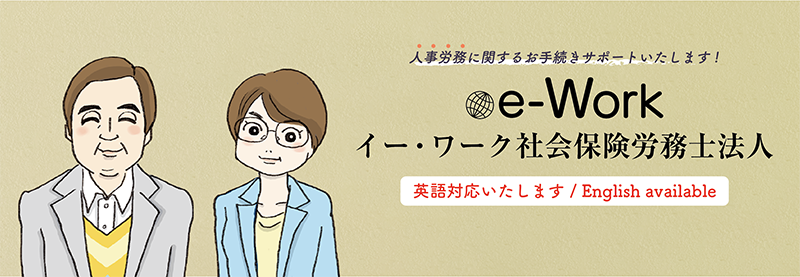Minimum wages in Japan have increased substantially in recent years, making a major impact on many companies’ operations management. Employers are paying close attention to whether minimum wages will be raised again in October and large wage hikes will continue after that. This article looks at the planned agenda for “the three-pronged set of labor market reforms,” released by the Cabinet Council of New Form of Capitalism Realization on April 12, 2023, with a focus on minimum wages.
[1] Planned agenda for “the three-pronged set of labor market reforms”
Following are the outlines of the agenda regarding minimum wages.
1. The Minimum Wage Council, formed by the government and labor and management representatives will have thorough discussions to raise the weighted nationwide average minimum hourly wage to 1,000 yen.
2. To rectify regional wage imbalance, the rate of the lowest regional minimum wage against the highest wage must be increased.
3. Starting this summer, the Council of New Form of Capitalism Realization will have discussions on the direction of minimum wage increases after achieving 1,000 yen mark.
These points only show the future direction of discussions and actual results remain to be seen, but they indicate the possibility that minimum wages will be increased at the levels of average years or higher this year.
[2] Moves to eliminate regional wage gaps
As described by [1] 2 above, eliminating regional minimum wage gaps has been a major issue to overcome and actual measures are already under consideration. In determining minimum wages, prefectural Minimum Wage Councils examine situations of the regions and provide proposals, based on the Central Minimum Wage Council’s guideline on the amounts of wage increase. After objections are filed and answered, directors of prefectural labor bureaus finalize minimum wages for the areas.
Regarding wage increase guidelines, prefectures have been classified into four ranks from A to D, and the Central Council proposed appropriate amounts of increase for urban areas, such as Tokyo and Osaka, and other regions. The government has recently determined to reduce the ranks to three, from A to C, with the aim of narrowing regional gaps of minimum wages.
|
Ranks |
Prefectures |
|
A |
Saitama, Chiba, Tokyo, Kanagawa, Aichi, Osaka |
|
B |
Hokkaido, Miyagi, Fukushima, Ibaraki, Tochigi, Gunma, Niigata, Toyama, Ishikawa, Fukui, Yamanashi, Nagano, Gifu, Shizuoka, Mie, Shiga, Kyoto, Hyogo, Nara, Wakayama, Shimane, Okayama, Hiroshima, Yamaguchi, Tokushima, Kagawa, Ehime, Fukuoka |
|
C |
Aomori, Iwate, Akita, Yamagata, Tottori, Kochi, Saga, Nagasaki, Kumamoto, Oita, Miyazaki, Kagoshima, Okinawa |
With Japan facing the urgent task of reducing wage gaps with other countries, drastic changes in the measures on minimum wages are expected in the coming years. Wages have been on an upward trend, largely because of difficulty in recruiting workers amid labor shortages. Companies are required to improve productivity while raising wages in the future.
Reference
Cabinet Council of New Form of Capitalism Realization, ”The planned agenda for three-pronged labor market reforms”
https://www.cas.go.jp/jp/seisaku/atarashii_sihonsyugi/kaigi/dai16/shiryou1.pdf
Labour Ministry, materials for the 65th Central Minimum Wage Council Meeting













